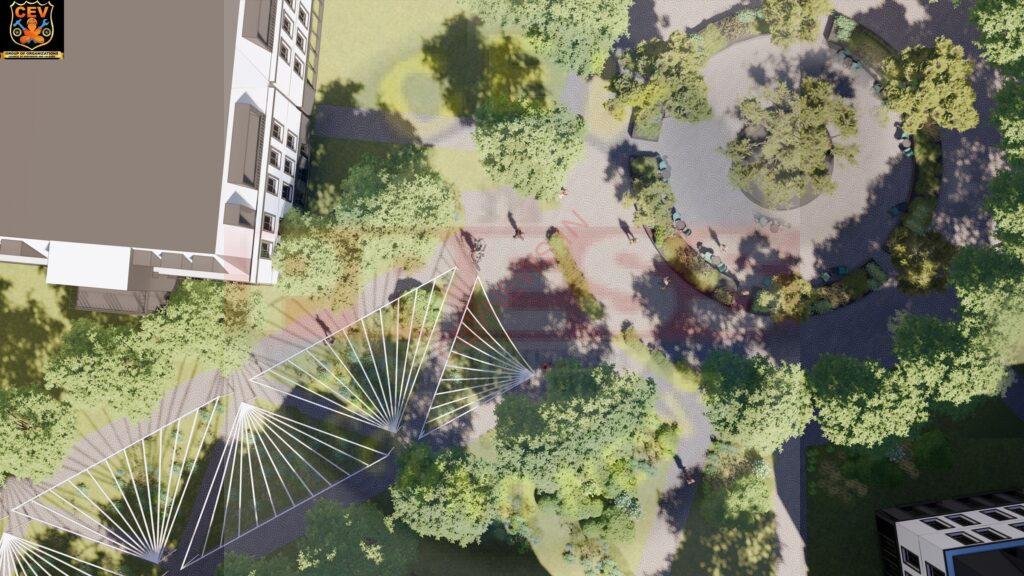ARCHITECTURAL RENDERING TECHNIQUES: BRINGING BUILDING DRAWINGS TO LIFE
In India, architectural rendering techniques play a crucial role in the visualization and communication of building designs. These techniques involve creating realistic images or animations of architectural projects before they are constructed, helping architects, developers, and clients to better understand the final outcome. Let’s explore some key points regarding architectural rendering in India:
1. Importance in the Design Process: Architectural rendering serves as a vital tool in the design process by allowing architects to present their ideas in a visually compelling manner. It helps in conveying the design intent, spatial relationships, and aesthetics of a building effectively.
2. Enhancing Stakeholder Communication: Renderings facilitate clear communication between architects, clients, engineers, and other stakeholders involved in a project. They enable everyone to visualize the proposed design comprehensively, minimizing misunderstandings and ensuring alignment with project goals.
3. Use of Advanced Software: With advancements in technology, architectural rendering in India has witnessed a shift towards the use of sophisticated software such as Autodesk Revit, SketchUp, and Lumion. These tools offer features for creating detailed 3D models, applying realistic materials and textures, and generating high-quality renderings efficiently.
4. Customization and Personalization: Renderings can be customized according to the specific requirements and preferences of clients. Whether it’s adjusting lighting conditions, exploring different color schemes, or incorporating landscaping elements, architects can tailor renderings to accurately represent the envisioned outcome.
5. Marketing and Presentation Purposes: Architectural renderings serve as powerful marketing tools for real estate developers and architectural firms in India. High-quality renderings help in showcasing the potential of a property or project to prospective buyers, investors, and regulatory authorities, thus driving sales and approvals.
6. Cost and Time Efficiency: By providing a realistic preview of the final product, architectural renderings help in identifying design flaws and potential issues early in the process, saving both time and money. They enable architects to experiment with different design alternatives rapidly, leading to more informed decision-making.
7. Integration with Virtual Reality (VR) and Augmented Reality (AR): The integration of architectural renderings with VR and AR technologies is becoming increasingly prevalent in India. This allows stakeholders to experience and interact with architectural designs in immersive virtual environments, providing a deeper understanding of spatial relationships and scale.
8. Sustainability and Green Building Visualization: Renderings are instrumental in visualizing sustainable design features and green building strategies incorporated into architectural projects. They help in illustrating concepts such as passive solar design, natural ventilation, and renewable energy integration, fostering awareness and commitment to environmentally friendly practices.
9. Continuing Evolution and Innovation: The field of architectural rendering is continuously evolving in India, driven by technological advancements and changing design trends. Architects and visualization artists are constantly exploring new techniques, materials, and rendering styles to push the boundaries of creativity and realism.
10. Impact on Architectural Education and Training: The widespread adoption of architectural rendering techniques has also influenced architectural education and training in India. Many institutions now offer courses and workshops focused on digital visualization tools, enabling students to develop essential skills for effective communication and presentation of architectural designs.
Architectural rendering techniques play a pivotal role in the architectural landscape of India, offering a powerful means of visualizing and communicating building designs. With their ability to bring drawings to life, renderings not only aid in the design process but also contribute to marketing, decision-making, and stakeholder engagement, ultimately shaping the built environment of the future.


